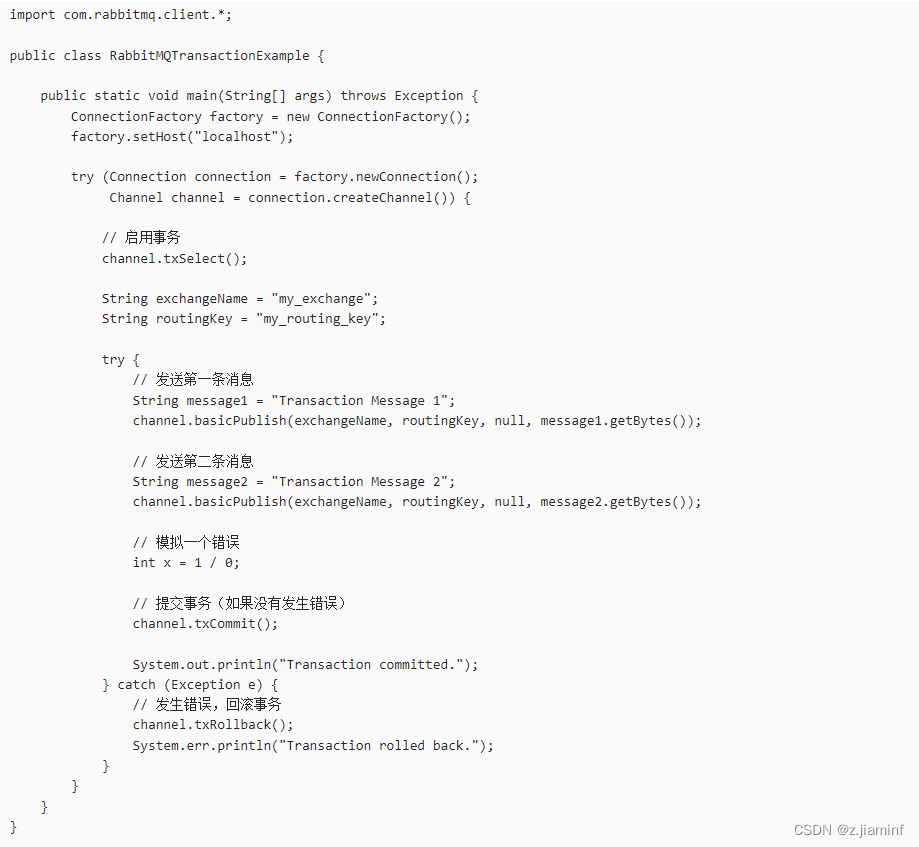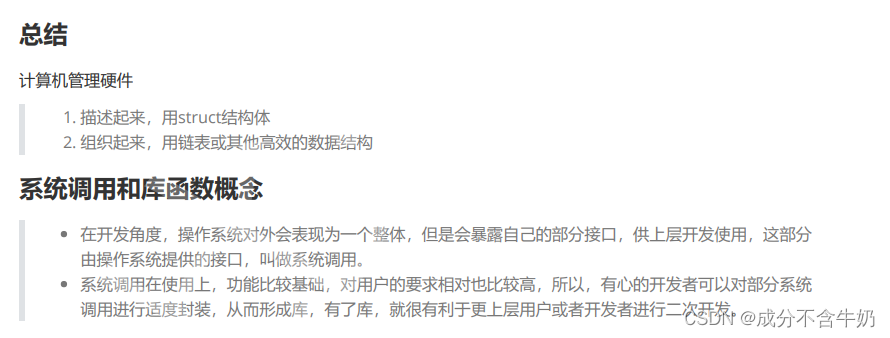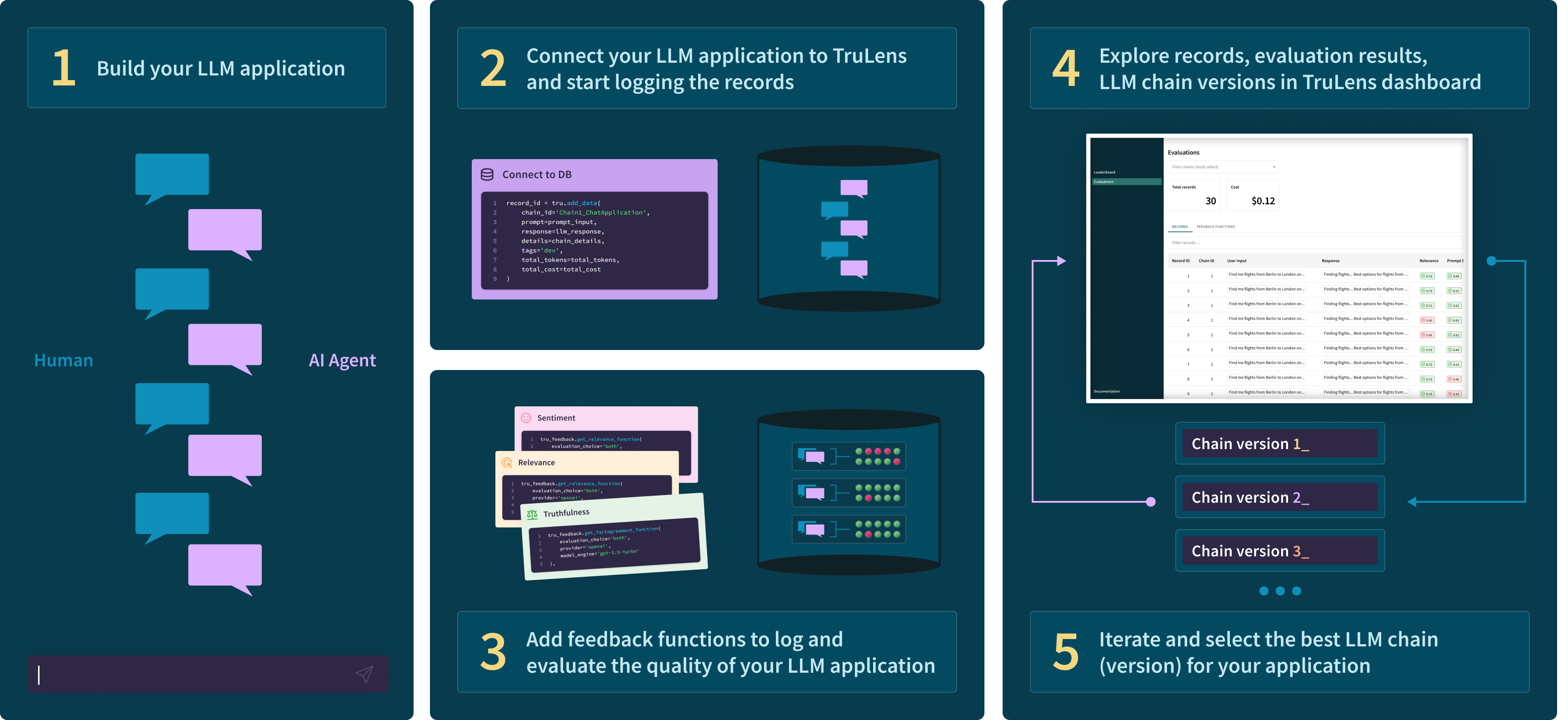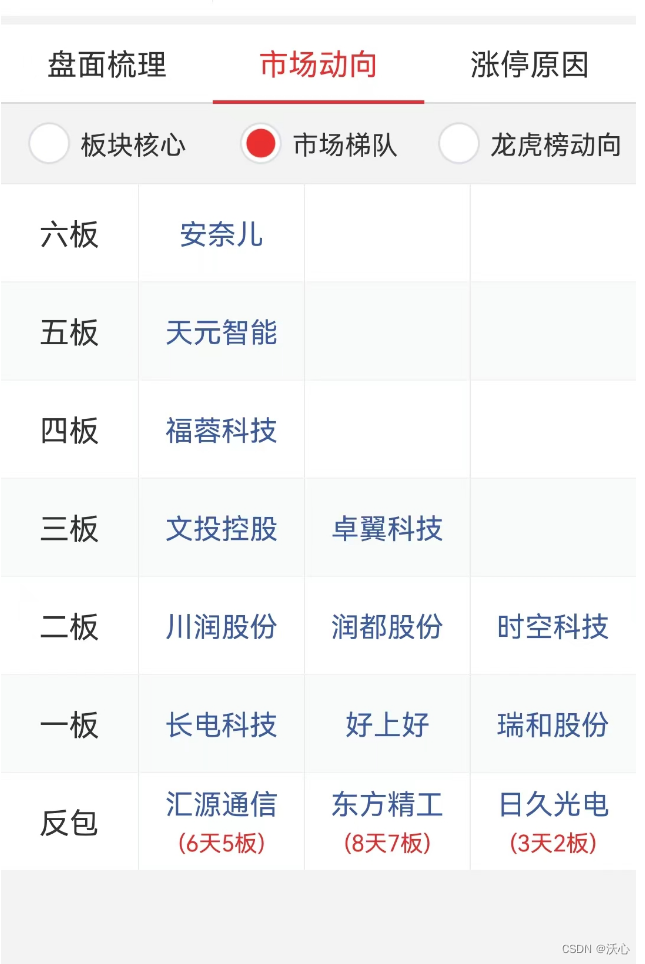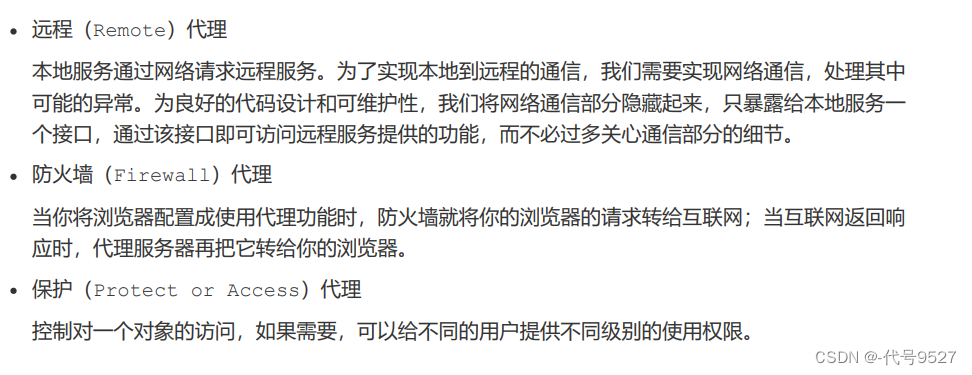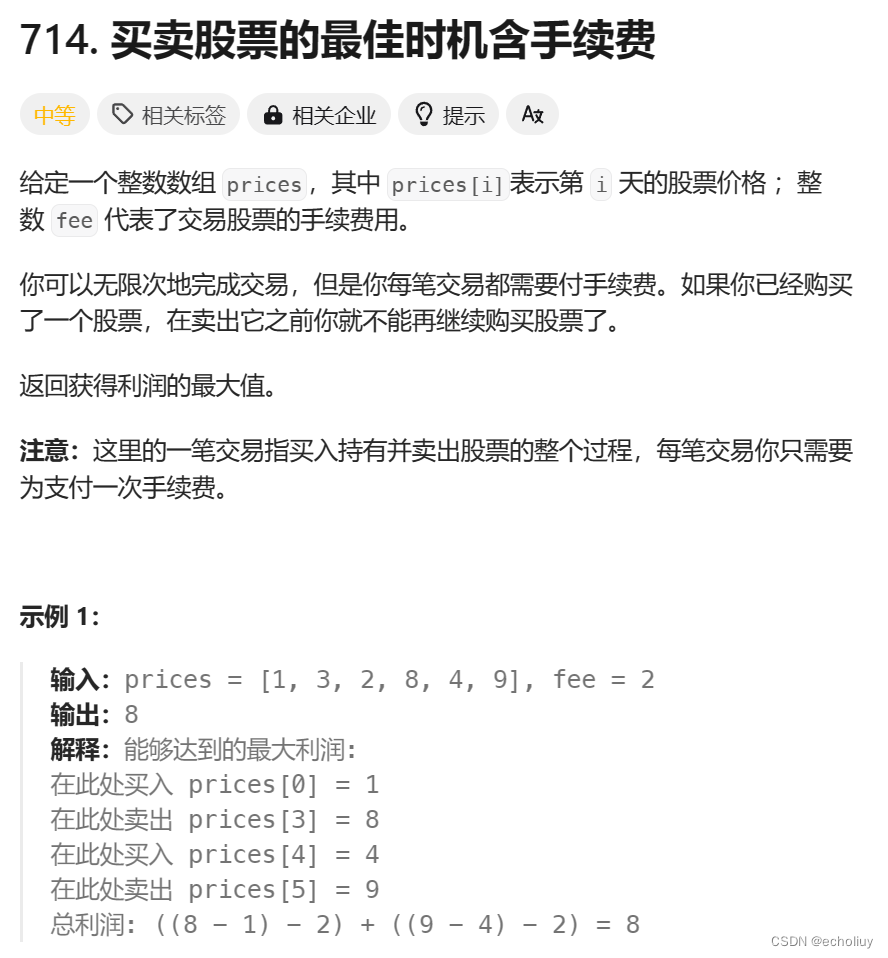- 内容渲染指令
1. 使用v-text指令,将数据采用纯文本方式填充其空元素中
<script setup> import { reactive } from 'vue' let student = reactive({ name: 'Jack', desc: '<h3>我是来自中国的小朋友!</h3>' }) </script> <template> <!-- 使用v-text指令,将数据采用纯文本方式填充其空元素中 --> <div v-text="student.name"></div> <!-- v-text:以纯文本的方式显示数据 --> <div v-text="student.desc"></div> <!-- 下面的代码会报错:div 元素不是空元素 --> <!-- <div v-text="student.name">这是原始的div数据</div> --> </template>2.
{{ }}插值表达式:在元素中的某一位置采用纯文本的方式渲染数据<div>这是一个 DIV 元素,{{ student.name }},{{ student.desc }}</div>
3. 使用v-html指令,将数据采用HTML语法填充其空元素中
<script setup> import { reactive } from 'vue' let student = reactive({ name: 'Jack', desc: '<h3>我是来自中国的小朋友!</h3>' }) </script> <template> <!-- 使用v-html指令,将数据采用HTML语法填充其空元素中 --> <div v-html="student.name"></div> <!-- v-html:以 HTML 语法显示数据 --> <div v-html="student.desc"></div> <!-- 下面的代码会报错:div 元素不是空元素 --> <!-- <div v-html="student.name">这是原始的div数据</div> --> </template> - 双向绑定指令
-
v-model双向数据绑定指令,视图数据和数据源同步, -
一般情况下v-model指令用在表单元素中:
1. 文本类型的<input>和<textarea>元素会绑定value属性并侦听input事件
2. <input type="checkbox">和<input type="radio">会绑定checked属性并侦听change事件
3. <select>会绑定value属性并侦听change事件 -
v-model的修饰符

-
- 属性绑定指令
- 响应式地绑定一个元素属性,应该使用v-bind:指令
- 如果绑定的值是null或者undefined,那么该属性将会从渲染的元素上移除
- 因为v-bind非常常用,我们提供了特定的简写语法:
-
<script setup> import { reactive } from 'vue' let picture = reactive({ src: 'https://uploadfile.bizhizu.cn/2015/0424/20150424015229741.jpg', // 图像地址 width: 200 // 显示宽度 }) </script> <template> <input type="range" min="100" max="500" v-model="picture.width"> <hr> <!-- v-bind: 为 src 属性绑定指定的数据源 --> <img v-bind:src="picture.src" v-bind:width="picture.width"> <hr> <!-- : 是 v-bind: 的缩写形式 --> <img :src="picture.src" :width="picture.width"> <hr> <!-- 如果绑定的值是 null 或者 undefined,那么该属性将会从渲染的元素上移除 --> <button @click="picture.width = null">设置宽度为NULL</button> </template>
-
- 直接使用v-bind来为元素绑定多个属性及其值
-
<script setup> import {reactive} from 'vue' let attrs = reactive({ class: 'error', id: 'borderBlue' }) </script> <template> <!-- 直接使用 v-bind 来为元素绑定多个属性及其值 --> <button v-bind="attrs">我是一个普通的按钮</button> </template> <style> .error { background-color: rgb(167, 58, 58); color: white; } #borderBlue { border: 2px solid rgb(44, 67, 167); } </style>
-
vue 内容渲染和属性绑定
本文来自互联网用户投稿,该文观点仅代表作者本人,不代表本站立场。本站仅提供信息存储空间服务,不拥有所有权,不承担相关法律责任。如若转载,请注明出处:/a/431953.html
如若内容造成侵权/违法违规/事实不符,请联系我们进行投诉反馈qq邮箱809451989@qq.com,一经查实,立即删除!相关文章
介绍下RabbitMQ的事务机制
想要保证发送者一定能把消息发送给RabbitMQ,一种是通过confirm机制,另外一种就是通过事务机制。
RabbitMQ的事务机制,允许生产者将一组操作打包一个原子事务单元,那么全部执行成功,要么全部失败。事务提供了一种确保消…
【开源】JAVA+Vue.js实现食品生产管理系统
目录 一、摘要1.1 项目介绍1.2 项目录屏 二、功能模块2.1 加工厂管理模块2.2 客户管理模块2.3 食品管理模块2.4 生产销售订单管理模块2.5 系统管理模块2.6 其他管理模块 三、系统展示四、核心代码4.1 查询食品4.2 查询加工厂4.3 新增生产订单4.4 新增销售订单4.5 查询客户 五、…
操作系统:初识操作系统
目录 1.冯诺依曼体系结构 2.操作系统
2.1什么是操作系统
2.2为什么需要操作系统
2.3怎么实现操作系统 1.冯诺依曼体系结构 对于上图: 输入设备完成的是写入工作,输出设备完成输出工作,这两部分包含磁盘这类的外存。 存储器一般指的是内存…
【C#杂谈】在 .NET Framework 中使用新的C#语言特性
前排提示:提出一个可以让 [^1] 这中语法可以在.NET Framework运行时中使用的方法 众所都周知,.NET Framework(以下简称 .NF)作为一个被微软官方确认不在继续发布新特性的运行时,它所对应的C#语言版本被(官方…
时间序列分析技巧(一):根据ACF、PACF进行AR、MA、ARMA模型选择
程序员如何选择职业赛道? 🍉CSDN小墨&晓末:https://blog.csdn.net/jd1813346972 个人介绍: 研一|统计学|干货分享 擅长Python、Matlab、R等主流编程软件 累计十余项国家级比赛奖项&#…
定时执行专家 - 自动截屏任务的设置步骤
以下是使用定时执行专家进行自动截屏的设置步骤: 下载并安装定时执行专家
从以下 官方博客 下载最新版本的定时执行专家,并按照提示进行安装。
BoomWorks软件的最新版-CSDN博客文章浏览阅读10w次,点赞9次,收藏42次。▉定时执行…
C语言数据结构与算法——深度、广度优先搜索(DFS、BFS)
目录
一、深度优先搜索(Depth-First-Search 简称:DFS)
无向图的深度优先搜索
有向图的深度优先搜索
二、广度优先搜索(Breadth-First-Search 简称:BFS)
无向图的广度优先搜索
有向图的广度优先搜索 深…
市场复盘总结 20240305
仅用于记录当天的市场情况,用于统计交易策略的适用情况,以便程序回测 短线核心:不参与任何级别的调整,采用龙空龙模式 一支股票 10%的时候可以操作, 90%的时间适合空仓等待 二进三: 进级率中 25%
最常用的…
CSS字体样式值,html注释标签
突破困境:
1. 提升学历 前端找工作,学历重要吗? 重要。谁要是告诉你不重要那一定是在骗你。现实情况是大专吃紧,本科够用,硕士占优,大专以下找到工作靠运气和真实力。
学历是硬伤,已经毕业的你…
(黑马出品_02)SpringCloud+RabbitMQ+Docker+Redis+搜索+分布式
(黑马出品_02)SpringCloudRabbitMQDockerRedis搜索分布式 微服务技术栈治理 今日目标1.Nacos配置管理1.1.统一配置管理1.1.1.在nacos中添加配置文件1.1.2.从微服务拉取配置 1.2.配置热更新1.2.1.方式一1.2.2.方式二 1.3.配…
【Java设计模式】六、代理模式:静态代理、JDK + CGLIB动态代理
文章目录 1、代理对象2、代理模式结构3、静态代理4、JDK动态代理5、JDK动态代理的原理6、CGLIB动态代理7、三种代理的对比8、代理模式的总结 结构型设计是将类或者对象按某种布局(继承机制、组合聚合)来组成更大结构。包括七种:
* 代理模式
…
代码随想录第51天|● 309.最佳买卖股票时机含冷冻期 ● 714.买卖股票的最佳时机含手续费 ●总结
文章目录 ● 309.最佳买卖股票时机含冷冻期思路代码 ● 714.买卖股票的最佳时机含手续费思路: ●总结 ● 309.最佳买卖股票时机含冷冻期 思路 代码
class Solution {public int maxProfit(int[] prices) {// 0.买入状态-(持有)// 1.保持卖出股票的状态// 2.今天…
JVM运行时数据区——堆
文章目录 1、堆的核心概述1.1、JVM实例与堆内存的对应关系1.2、堆与栈的关系1.3、JVM堆空间划分 2、设置堆内存大小与内存溢出2.1、设置堆内存大小2.2、内存溢出案例 3、新生代与老年代4、图解对象分配过程5、Minor GC、Major GC、Full GC5.1、GC的分类5.2、分代式GC策略的触发…
Sora:AI视频模型的无限可能与挑战
随着人工智能技术的突飞猛进,AI视频模型已成为科技领域的新焦点。OpenAI推出的AI视频模型Sora,凭借其卓越的技术性能和前瞻性,为AI视频领域的发展揭开了新的篇章。本文将从技术解析、应用场景、未来展望、伦理与创意以及用户体验与互动五个方…
【python基础学习09课_装饰器、模块、文件】
一、项目的日志
1、日志意义与级别 1、日志的意义:项目的日志 -- 开发编写的,日志记录 -- 测试就是去查看日志信息(为了协助我们进行问题的定位)
可以根据日志,看是哪个应用的哪台机器,出现了什么问题&…
Scala 之舞:林浩然与杨凌芸的 IDEA 冒险
Scala 之舞:林浩然与杨凌芸的 IDEA 冒险 The Dance of Scala: The IDEA Adventure of Lin Haoran and Yang Lingyun 在那个阳光明媚的日子里,林浩然如同一位英勇的探险家,踏入了 Scala 的 IntelliJ IDEA 开发环境的奇妙领域,他带着…
springboot集成logback打印彩色日志
一、logback介绍 Logback是由log4j创始人设计的另一个开源日志组件,官方网站: logback.qos.ch。它当前分为以下三个模块: logback-core:其它两个模块的基础模块。logback-classic:它是log4j的一个改良版本,同时它完整实…
C++基于多设计模式下的同步异步日志系统day6
C基于多设计模式下的同步&异步日志系统day6 📟作者主页:慢热的陕西人 🌴专栏链接:C基于多设计模式下的同步&异步日志系统 📣欢迎各位大佬👍点赞🔥关注🚓收藏,&am…
最新文章
- 通过动态获取后端数据判断输入的值打小
- 【大模型最前沿技术应用与实践】
- 【AI智能体报告】开源AI助手的革命:OpenManus深度使用报告
- 《用 python、MySQL 和 Chart.js 打造炫酷数据看板》实战案例笔记
- pop_dialog_state(state: State)弹出对话栈并返回到主助手,让整个对话流程图可以明确追踪对话流,并将控制权委派给特定的子对话图。
- 【Spring】AOP在实际项目中的运用
- ⛳ Docker 安装 MySQL
- PE文件结构详解(DOS头/NT头/节表/导入表)使用010 Editor手动解析notepad++.exe的PE结构
- 【JS重点知识04】JS执行机制(重点面试题)
- 电容的“隔直流、通交流”特性
- 软考-高级-系统架构设计师教程(清华第2版)【第19章 大数据架构设计理论与实践 (P691~716)-思维导图】
- !=和!==的区别
